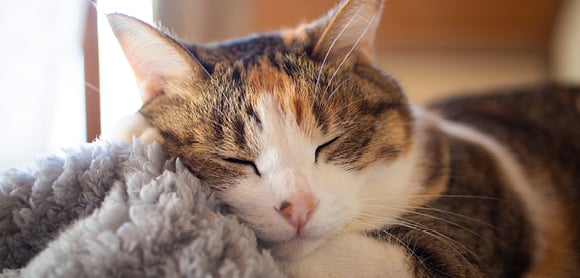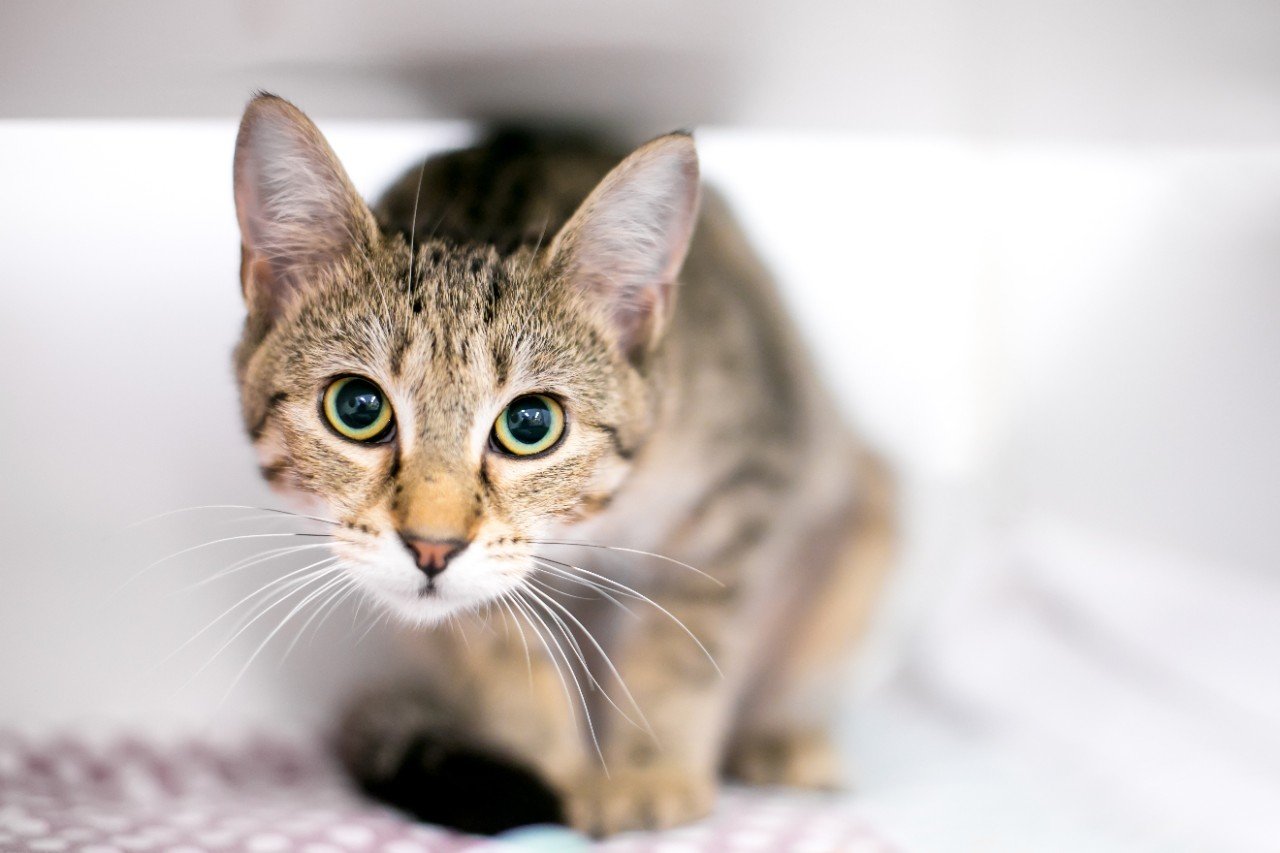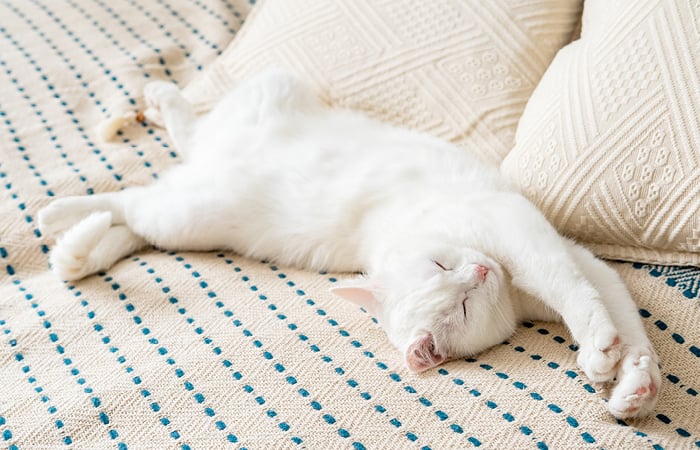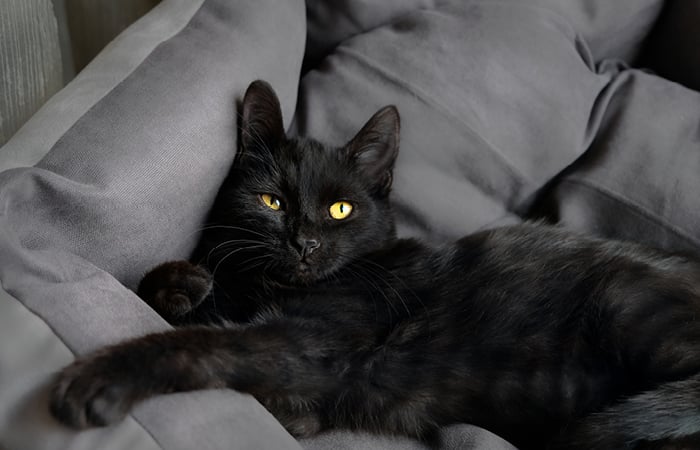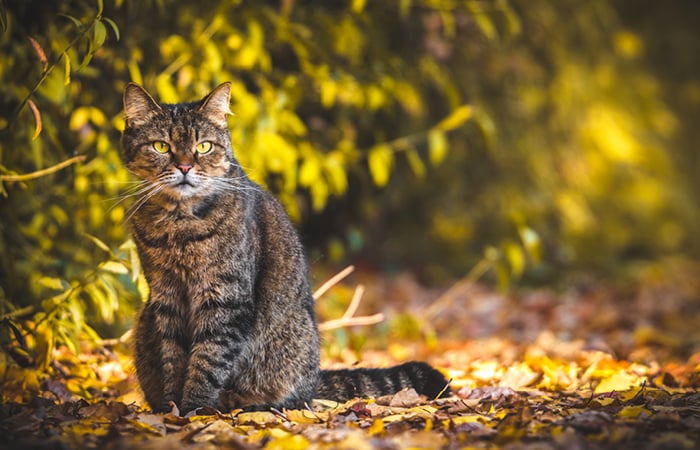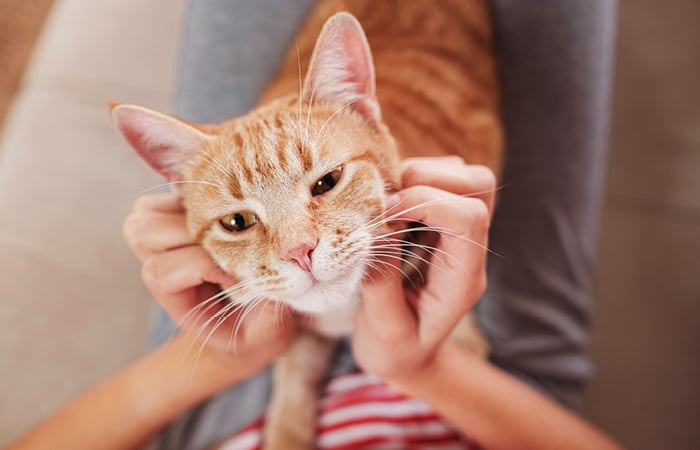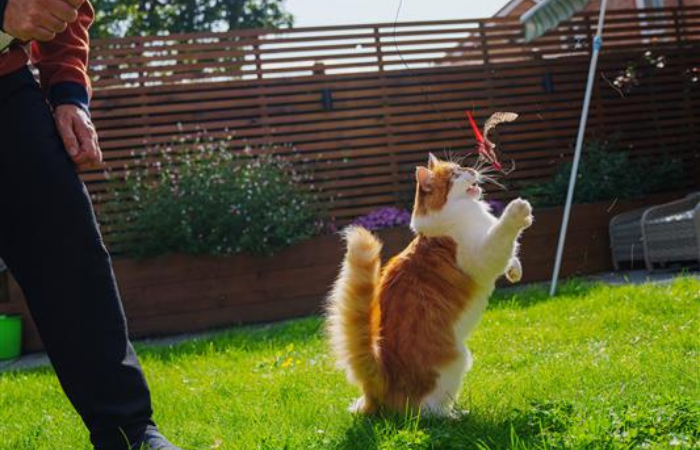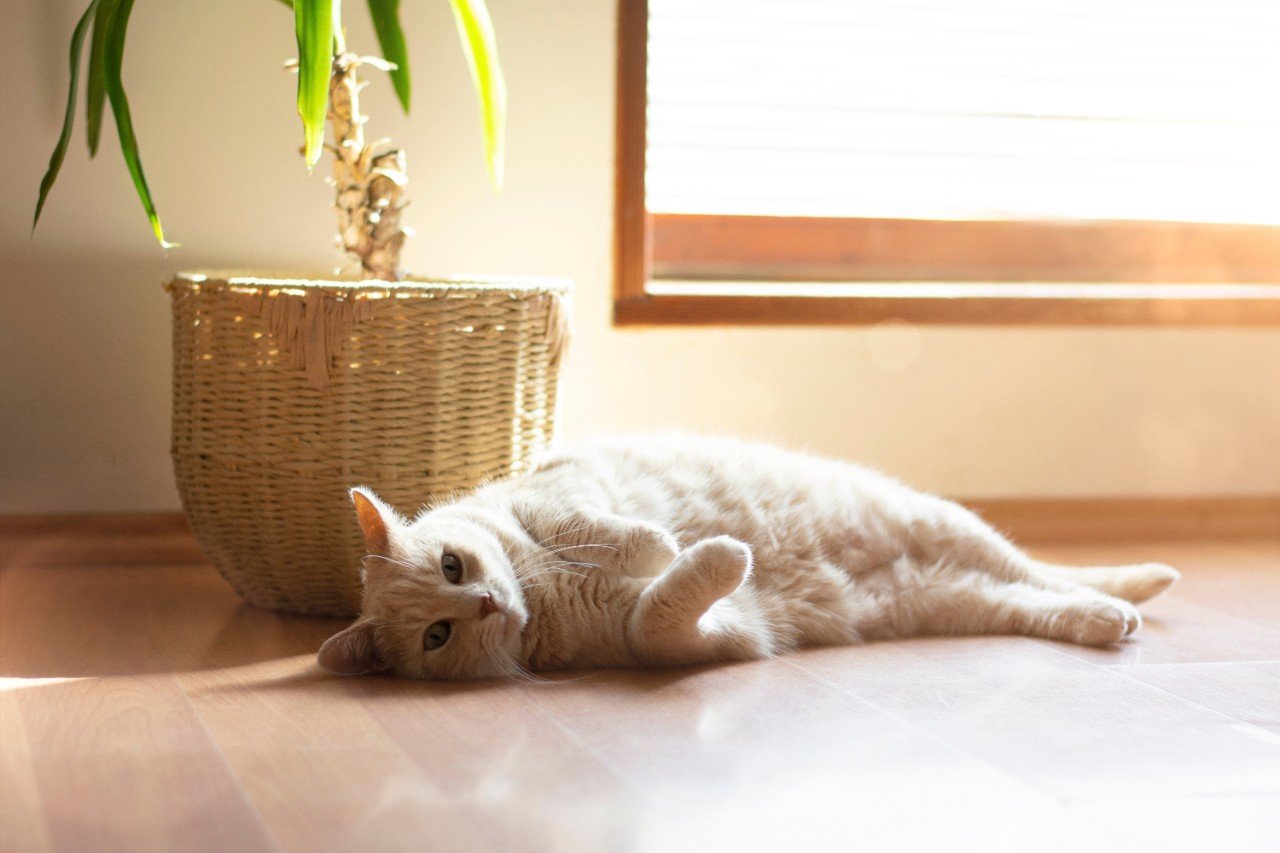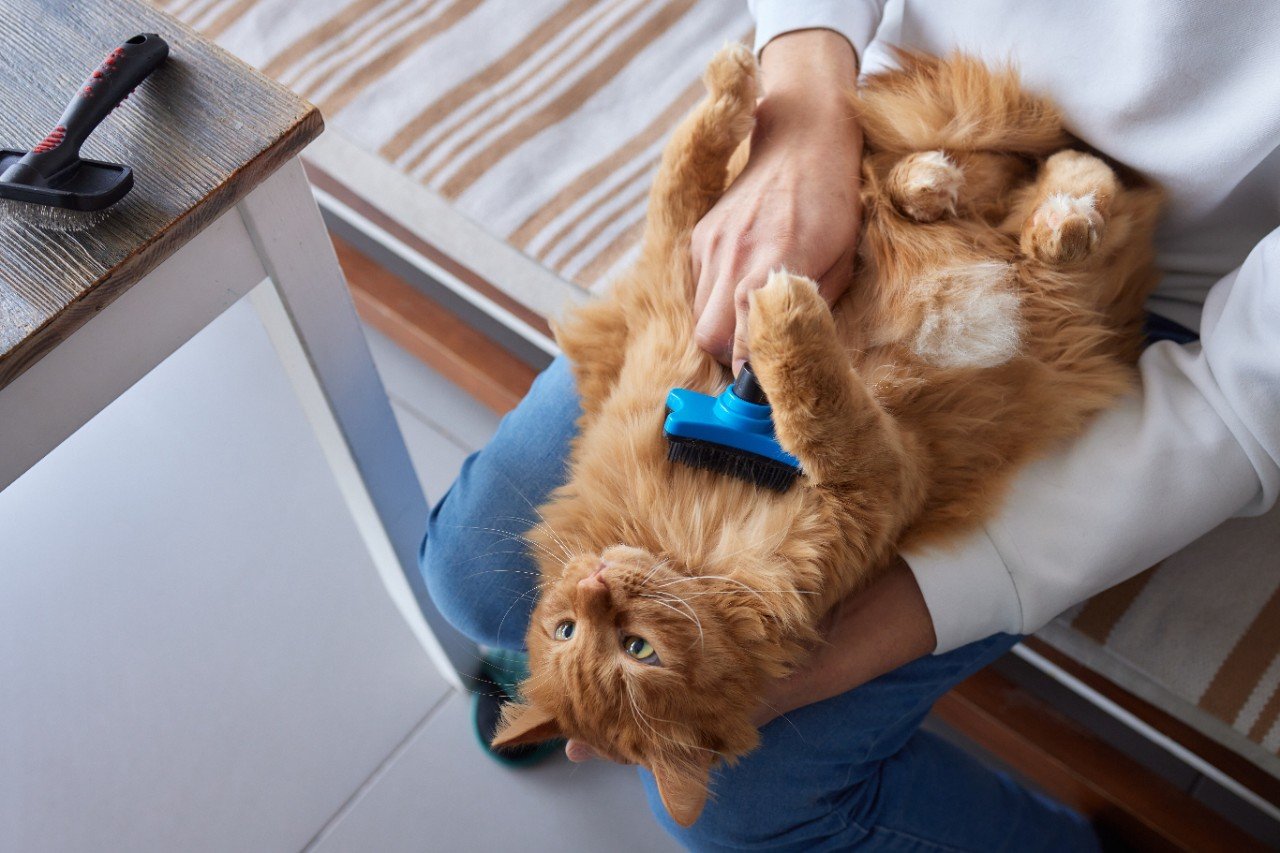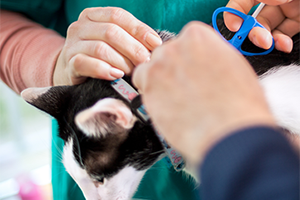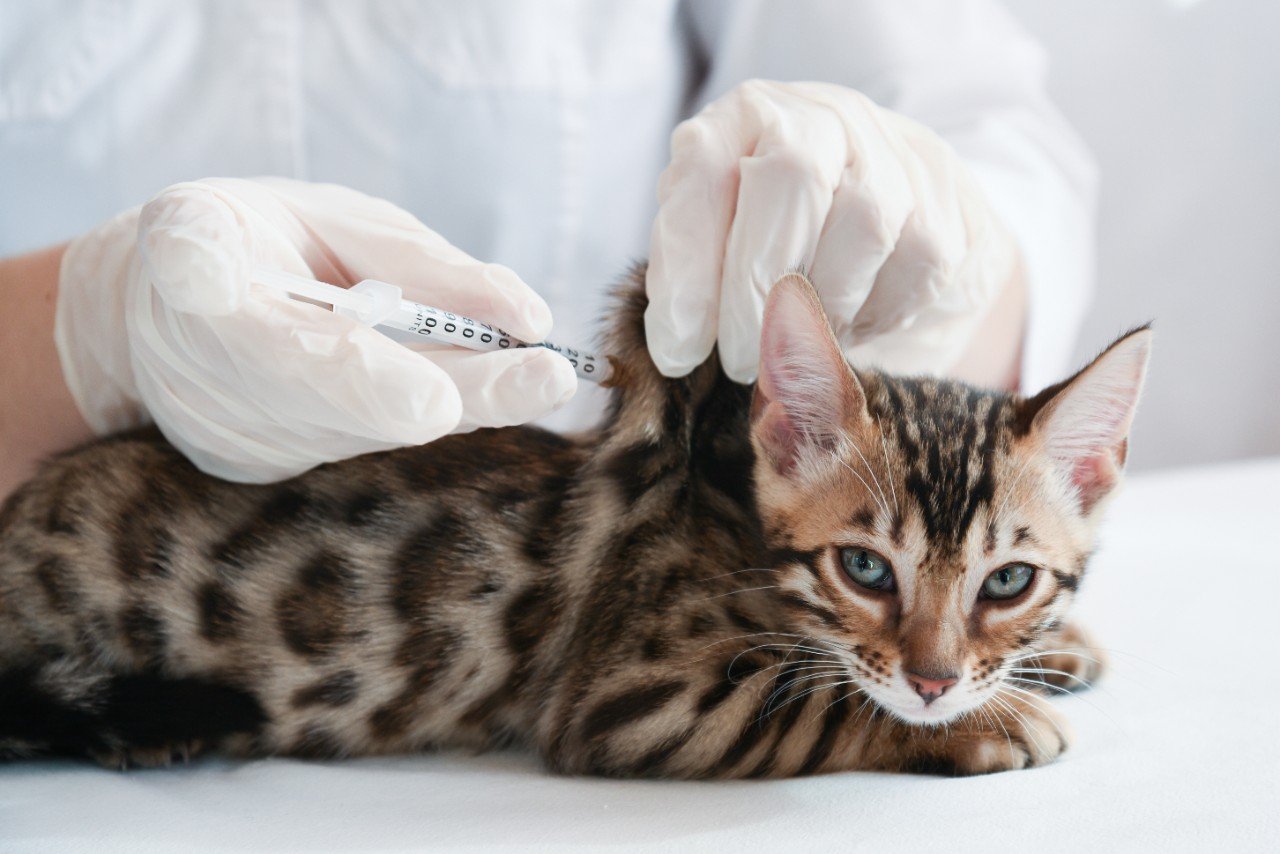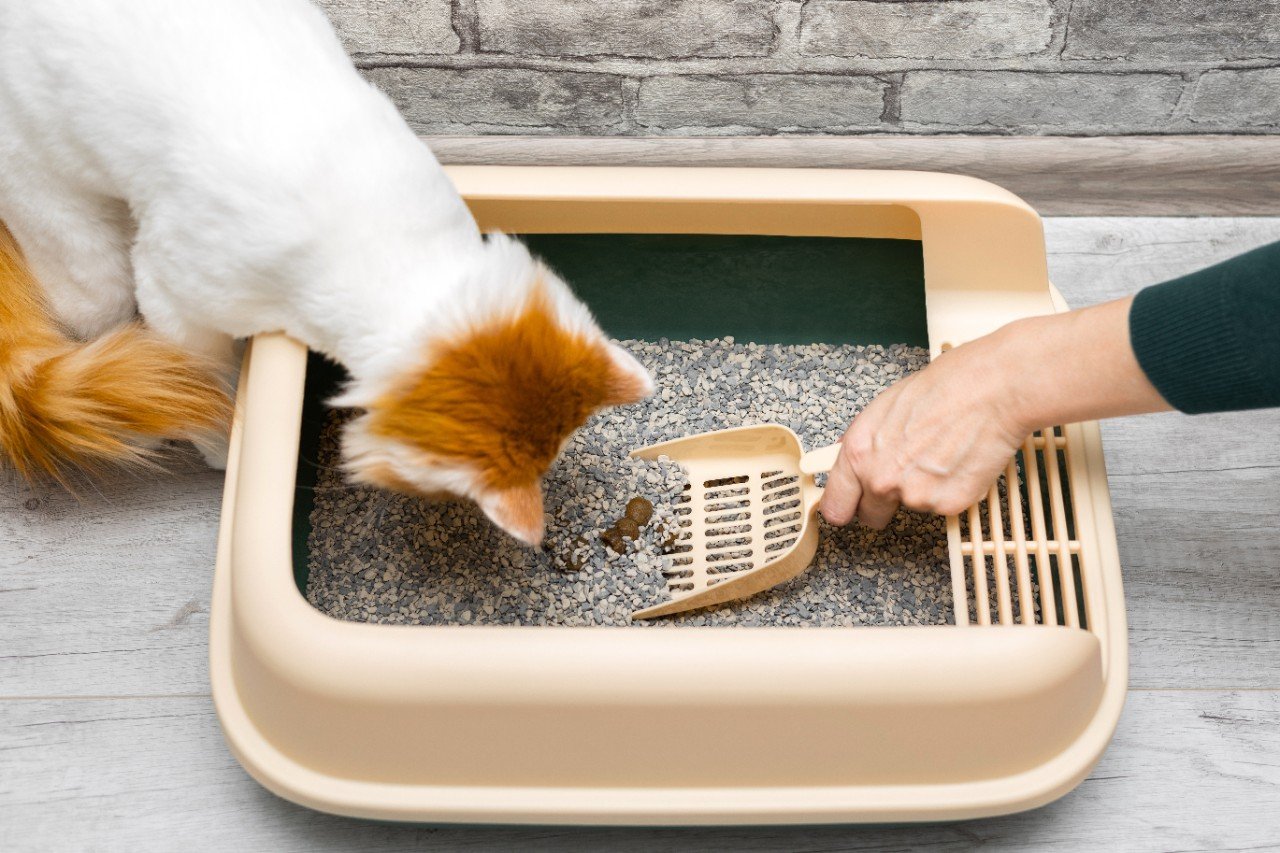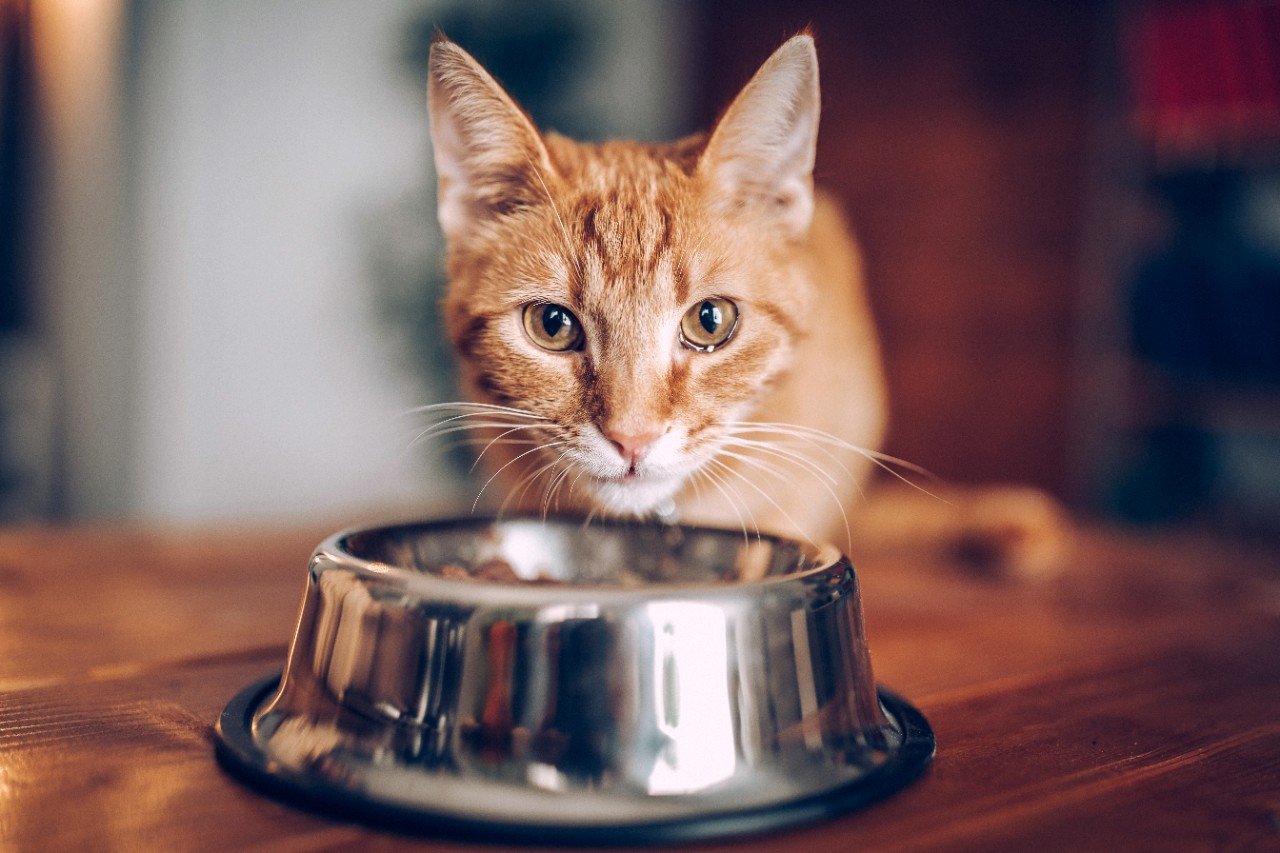
Burmese

A sensitive soul who craves company
Vital stats
Swipe to view more
| Size: | Medium |
| Coat: | Sleek and glossy |
| Life span:9 | 15+ years |
| Temperament: | Fun-loving, energetic, sociable |
Burmese personality & temperament

- Of all the cat breeds, the Burmese temperament is a fan favourite! The breed’s puppy-like behaviour makes them excellent family pets. They’re energetic and fun-loving and like to enjoy the world from a high vantage point (such as their owner’s shoulder).
- Cuddly, sociable and very trusting, the Burmese cat personality and temperament makes this breed one of the easiest to welcome into the family home. They adore human company and will often seek you out at home, just to be near you.
- Burmese cats are affectionate and loving, and can potentially get along with other cats if they are well socialised, carefully matched and gradually introduced, although a sibling pair would be best. They’re also very playful and can be lots of fun to be around so make sure you have lots of games up your sleeve.
- Thanks to their easygoing breed temperament and laid-back nature, Burmese have one of the best cat personality types to be around children, as long as they are well socialised and the children are taught to respect the cat and give them space when needed.
- Due to their similar sounding names, many mistakenly think Burmese cats are related to the beautiful Birman. While they share a few similarities, both breeds have their own unique history and personality traits.
Burmese food & diet

Like all cats, Burmese will thrive on a balanced diet, but be aware, this vocal cat can be fussy!
- The diet of any cat must be appropriate for their age and life-stage; the best food for Burmese cats is a complete and balanced cat food.
- Like all cats, Burmese cats are obligate carnivores, which means they must eat meat in order to survive and cannot have a plant-based diet.
- Your Burmese cat’s diet should be monitored to maintain their lean-but-stocky stature - this is a breed which will quickly show if they’re putting on more weight than is recommended. Burmese should feel much heavier than they look, so ask your vet about how to body condition score your cat to keep an eye on it.
- However, if your Burmese cat doesn’t like the food it’s been given, it will be sure to let you know. Burmese cats can be pretty vocal, so you may need to contend with their particular likes and dislikes when it comes to food.
Burmese grooming & coat care

Burmese are generally low-maintenance when it comes to grooming and shed much less than other breeds.
- This elegant breed is easily recognised by its striking golden-yellow to chartreuse eyes and wide-set ears. The best-known colouring for this breed is the brown sable-coloured coat with darker patches over their face and ears.
- Burmese cats can come in a variety of colours; mostly this is due to selective breeding, but one adventurous Burmese cat mated with a stray tom in the 1960s which led to the gorgeous tortie-coated varieties we see today.
- Burmese cats don’t require a great deal of grooming as they are fairly self-sufficient and don’t tend to shed much fur.
- Brushing once a week is usually sufficient, though like most cats they can enjoy the attention grooming brings if socialised to it as a kitten. Cat grooming brushes can also help keep their coat lovely and glossy, another feature the Burmese cat is known for.
- Brushing sessions can also be a great way to spot any bites, stings, skin problems and lumps and bumps.
- It’s important to ensure a Burmese cat’s nails are trimmed if they get too long, especially in older cats. Vet nurse clinics can clip claws or show you how to do it.
- Their ears need to be cleaned regularly so this should definitely be considered as part of your cat grooming routine. Again, your vet can advise you on the best way to do this.
- Keep an eye out for signs of over-grooming in cats, which include interrupting their activities to groom, scratching too much and showing discomfort when doing so, bald areas that are sometimes red or have a rash-like appearance. Regular grooming and vigilance will help you to spot this early and get veterinary advice.
Burmese training & behaviour

Burmese cats are intelligent and playful and will relish the chance to learn new things and bond with their owners.
- Burmese cats are very intelligent and this lends itself well to training. Many Burmese owners teach them how to play fetch!
- They like cat toys that involve human contact and are keen to please their owners. Part of their genetic breeding was to maintain their close relationships with humans, and as such are a less independent breed. They’ll require a bit more attention and would suit a family where there’ll be a lot of human contact.
Common Burmese health conditions

What to know before you buy or rehome a Burmese cat

Burmese cats are excellent companions - but make sure you’ve thought about the below points before welcoming one into your family.
- Due to their sociable nature, they need a lot of human company - think about how this aligns with your daily routine. For those of us working from home, this shouldn’t cause a problem.
- They’ll also need a lot of playtime - if you want a cat that is a lap-cat or is happy to entertain themselves, this is perhaps not the cat for you.
- Burmese are fussier eaters than most, so be prepared for some trial and error in getting your cat’s diet right!
- This mischievous and energetic breed loves to be up high, so consider adding high cat trees and other cat-friendly climbing spaces to protect your furniture from curious climbers.
Burmese frequently asked questions
Burmese insurance considerations
We always offer these things as standard:
Physiotherapy & pet therapies
Along with physiotherapy, which is covered within the Vet Bills benefit, we also cover Pet Therapies like herbal medicine, homeopathy and acupuncture. You can also claim for hydrotherapy, up to £500 per illness/injury in dogs and cats (no additional limit for rabbits).
Petplan is a trading name of Pet Plan Limited (Registered in England No. 1282939) and Allianz Insurance plc (Registered in England No. 84638), Registered office: 57 Ladymead, Guildford, Surrey GU1 1DB.
Pet Plan Limited is authorised and regulated by the Financial Conduct Authority. Financial Services Register No. 311969. Allianz Insurance plc is authorised by the Prudential Regulation Authority and regulated by the Financial Conduct Authority and the Prudential Regulation Authority. Financial Services Register No. 121849. Pet Plan Limited is a subsidiary of Allianz Insurance plc.

